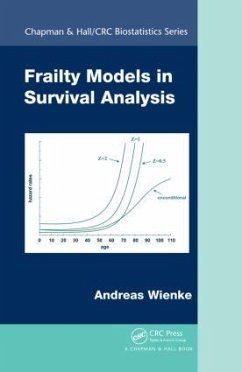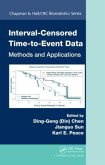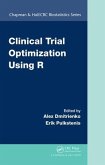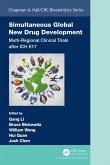Accessible to nonspecialists, this book explains the basic ideas in frailty modeling and statistical techniques, with a focus on real data application and interpretation of the results. It extensively explores how univariate frailty models can represent unobserved heterogeneity. It also emphasizes correlated frailty models as extensions of univariate and shared frailty models. The author analyzes similarities and differences between frailty and copula models, discusses problems related to frailty models, and describes parametric and semiparametric models using both frequentist and Bayesian approaches. He also shows how to apply the models to real data using R, SAS, and Stata.








